Aberdeen will soon have no elm trees left, with years of felling unable to prevent disease from spreading.
The council’s environmental manager Steven Shaw issued the stark revelation during talks on the city’s fight against climate change.
He warned that “there’s very soon going to be none left”.
A nightmare for elm trees: How disease ravaged Aberdeen population
Aberdeen’s connection with elm trees goes back centuries.
Scores of the species were planted hundreds of years ago around what is now Seaton Park, and various streets in nearby areas are named after the trees.
About a decade ago, Aberdeen was said to have “possibly the largest remaining population of elms in Northern Europe” yet to succumb to the disease.
But in 2018, the council toppled several historic trees on Osborne Place in the west end.
Residents were dismayed to lose the golden English elms which had lined the west end street for generations.
There was even a plaque on the stretch noting the significance of the trees, described as “very rare nationally” due to the disease.
But the local authority explained it had no choice but to chop them down, as it was “important not to let it spread”.
The following year more were hacked to the ground, with 400 Aberdeen elm trees said to be diseased or dying.
‘It’s just going through our elms’
During the recent talks, Mr Shaw confirmed that since then things had become much worse.
He said: “We are losing trees through disease, Dutch elm in particular is just going through all our elms.
“There’s very soon going to be none left. One or two will survive but the rest will have to come down.”
Dutch elm disease is known as one of the “most serious” of its kind in the world.
It is spread by bark beetles, and affects all of the UK’s native elms.
Last year what is thought to have been the world’s oldest elm tree, at Beauly Priory, was toppled after falling victim to the disease.
Disease and storm damage destroying Aberdeen trees
The update came as councillors were told that only now is the authority clearing the last of the thousands of trees damaged by Storm Arwen, which hit the north-east in November 2021.
However, those remaining are now feared to be more exposed to the elements in the event of future storms.
All of the trees cut down will be replaced with native woodland planting.
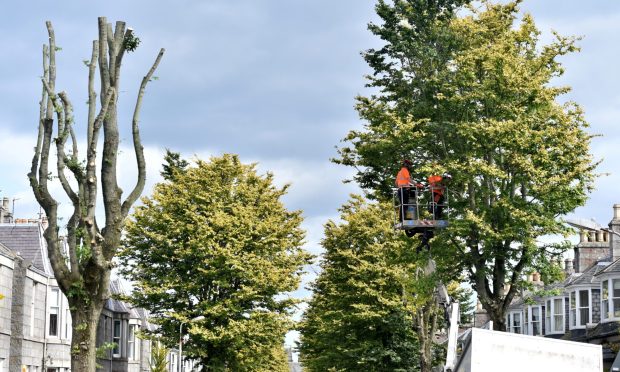
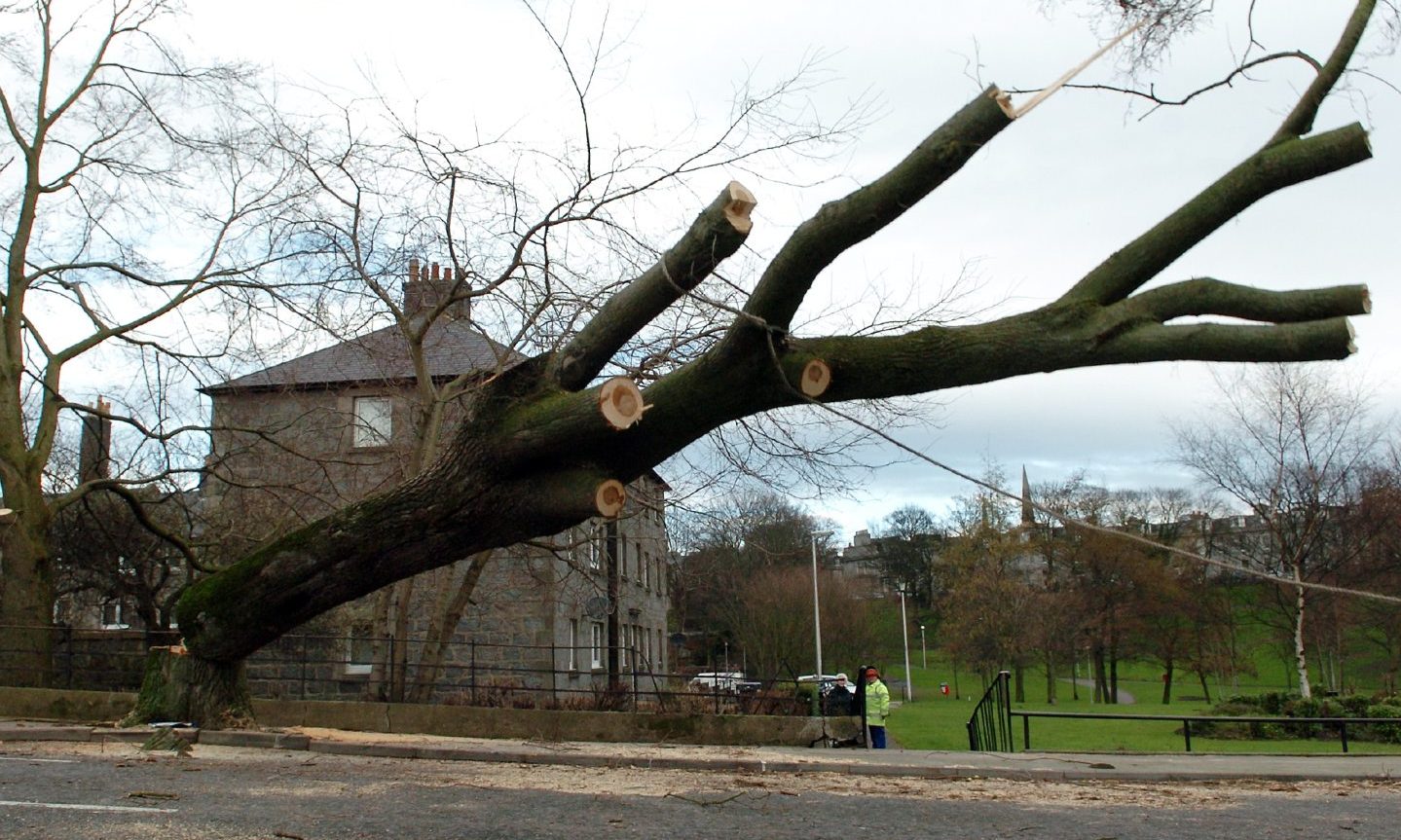
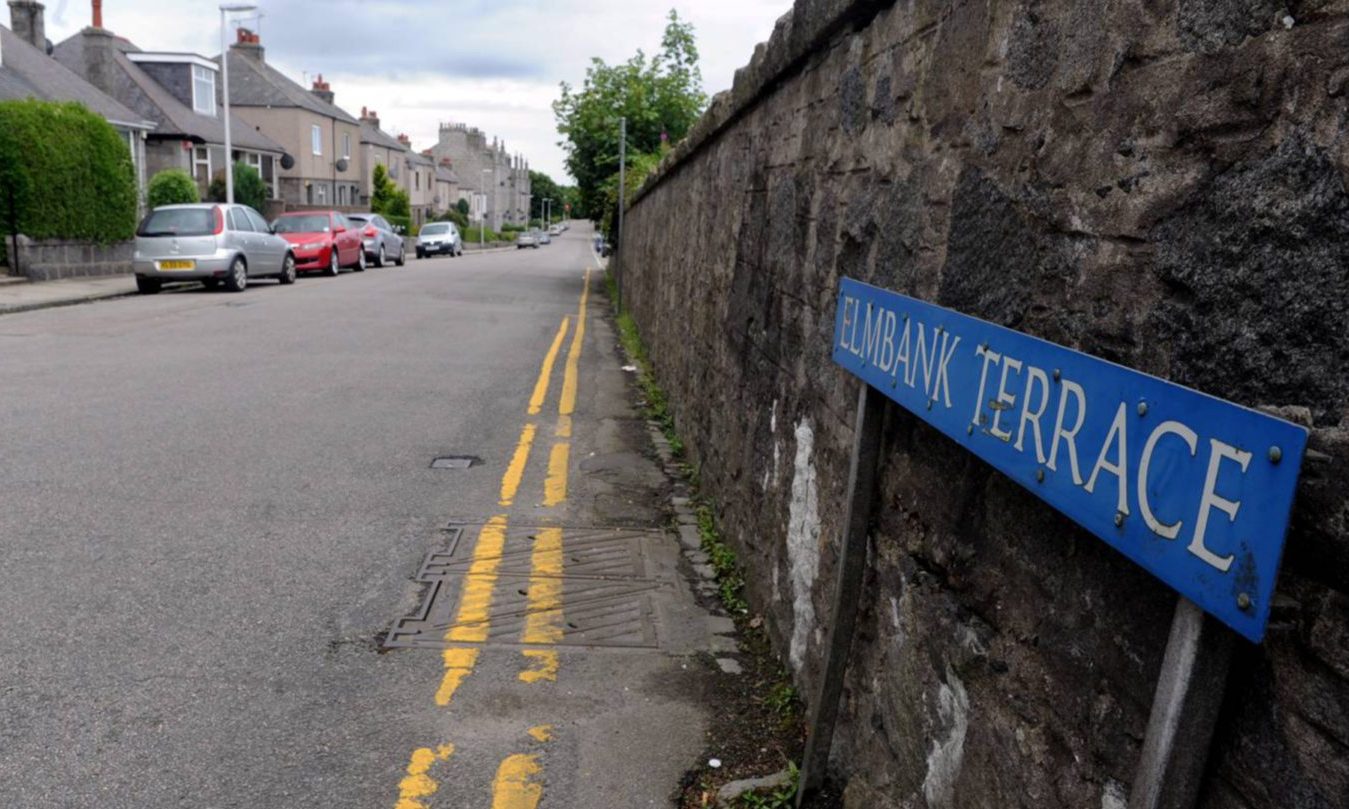
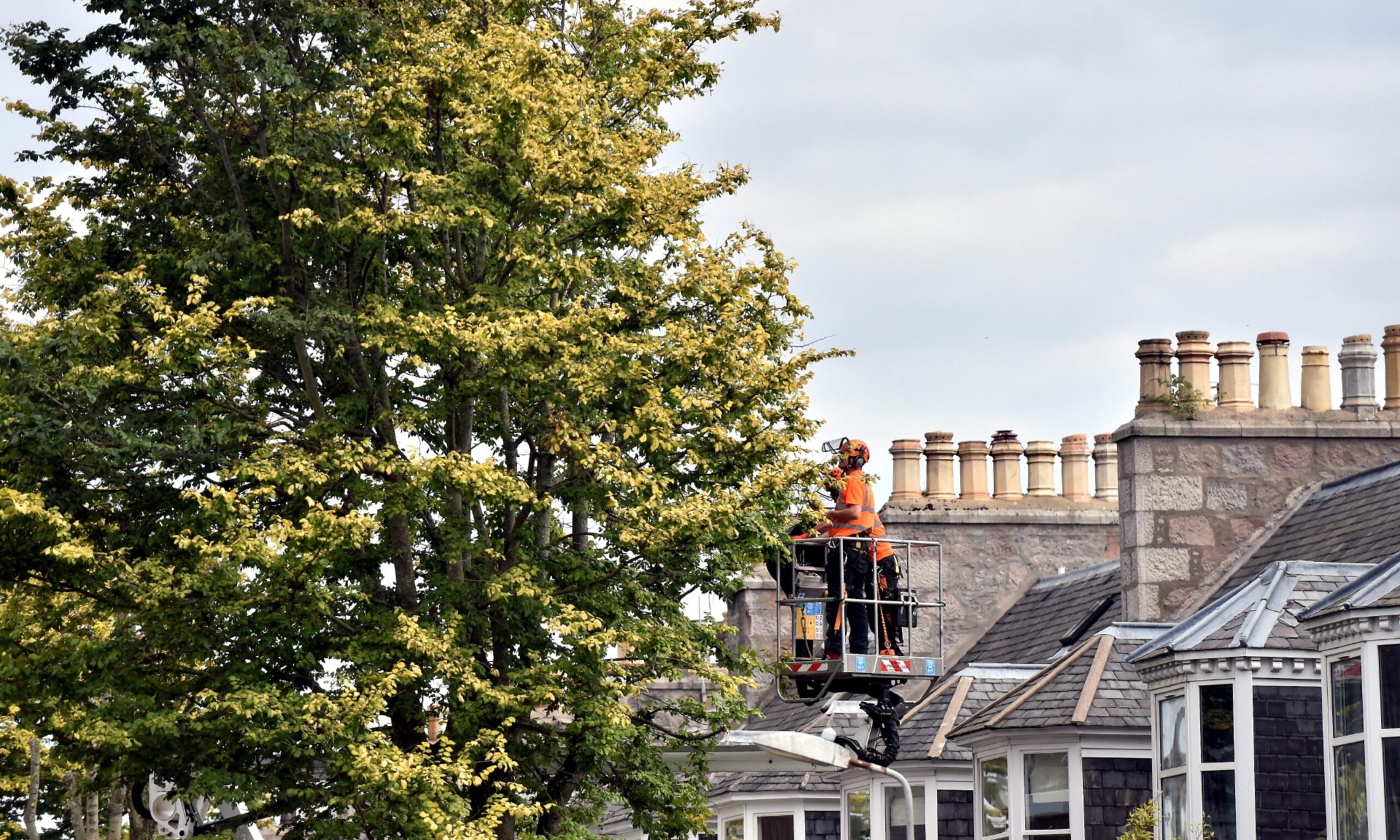
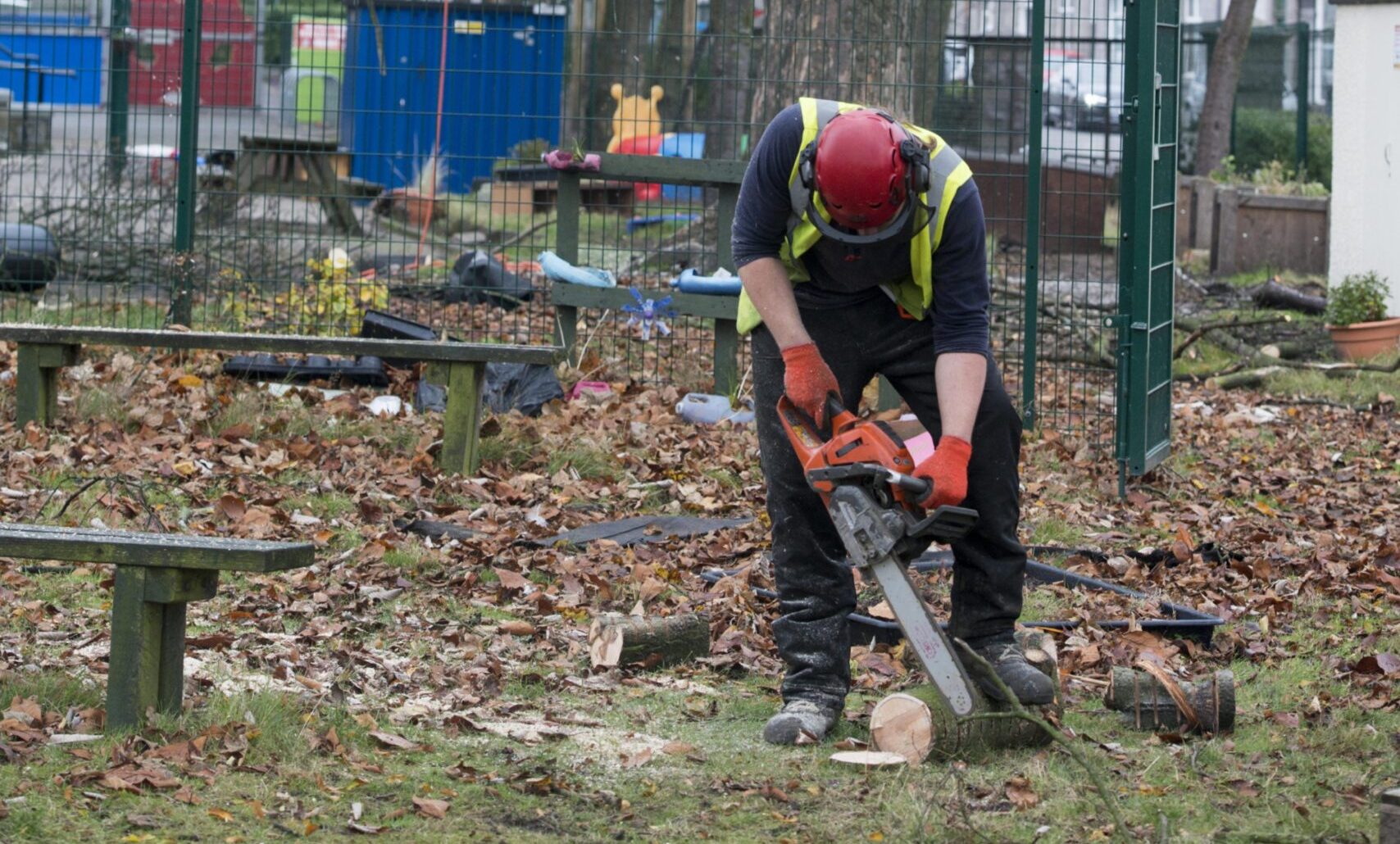
Conversation